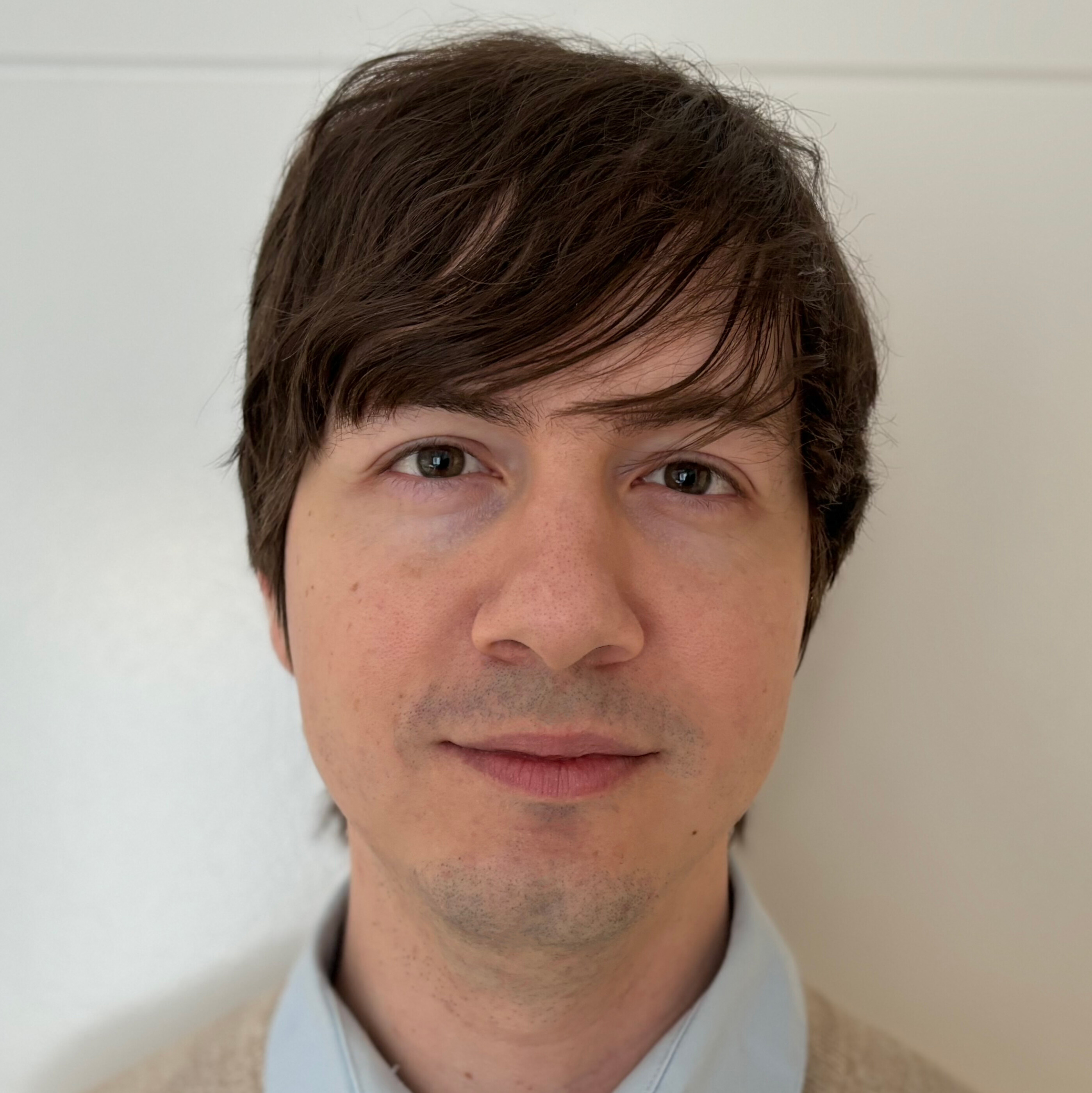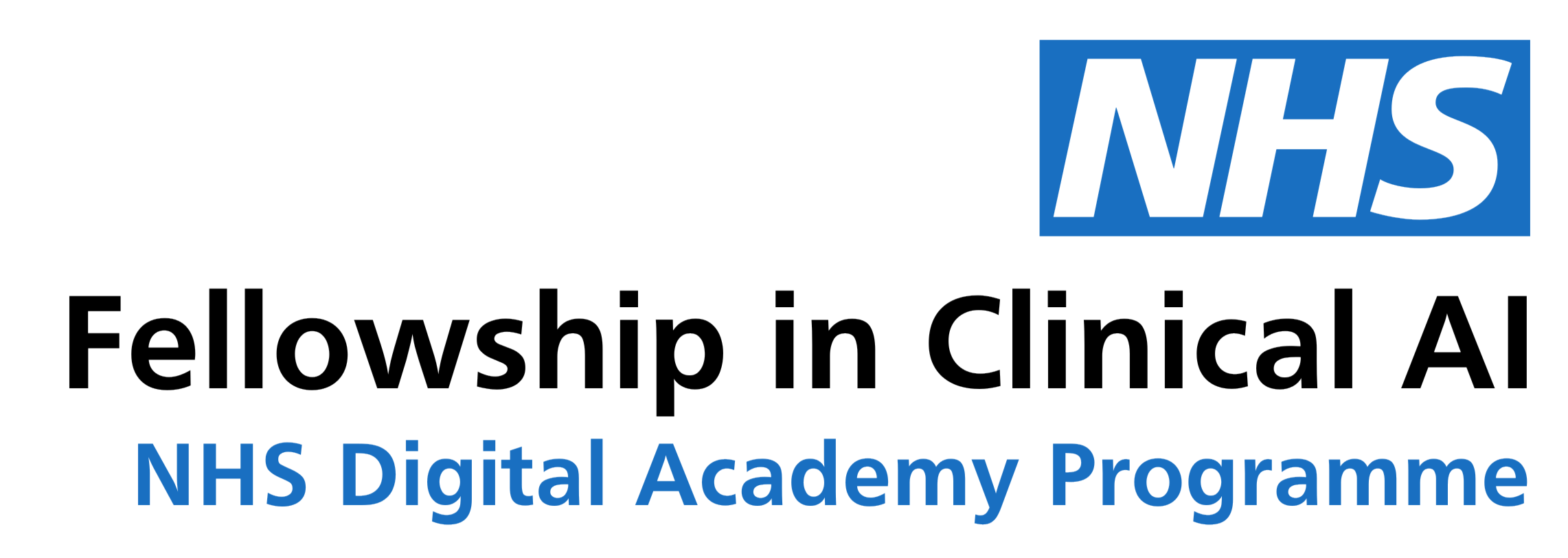
Jesus Perdomo Lampignano
Fellow in Clinical AI, Cohort 3
Fellowship Bio
Radiology registrar in the West of Scotland, exploring practical uses of computer vision in medical imaging. Enthusiastic about bridging clinical practice with AI and fostering deeper engagement with technology in medical education.
Fellowship Project
AIVAL & FAMOS – Monitoring platforms for AI applications
NHS Greater Glasgow and Clyde
As part of the NHS Fellowship in Clinical AI, I focused on the implementation and evaluation of monitoring tools designed to assess the real-world performance of AI software in radiology. While AI models often show strong results in controlled settings, their accuracy and reliability can shift when deployed in diverse clinical settings, a phenomenon known as domain shift. Performance may vary across patient groups, different hospitals, or scanners, and may even reinforce other hidden algorithmic biases. To address this, I worked across two similar projects in parallel – AIVAL and FAMOS – both with different methodologies but a common overarching goal of understanding AI and user behaviour over time and across different environments. These systems help detect performance drift, identify inequities, and ultimately support safer, fairer deployment of AI in healthcare. My role has spanned clinical and operational domains. I have collaborated with industry, NHS eHealth / IT, data governance (SafeHaven), and project management teams to navigate the technical integration and approvals. Clinically, I contributed by shaping evaluation metrics, helping recruit radiologists for participation, and supporting the design of research outputs. Both projects are now entering their final stages. As we begin reviewing the data, we are seeing the real potential of these tools to surface hidden AI performance issues, a crucial step toward responsible and equitable use of AI in medicine.
Fellowship Testimonial
This fellowship has been an invaluable experience that deepened both my technical understanding and practical insight into the challenges of deploying AI in real-world clinical environments. It has taught me that the success of AI in healthcare is not just about algorithm performance, but about governance, context, and collaboration, ensuring these tools are safe, fair, and genuinely useful for patients and clinicians alike. What I enjoyed most was the opportunity to work at the intersection of clinical medicine, data science, and health systems, engaging with stakeholders across disciplines to tackle complex problems with real-world impact. I particularly valued the chance to contribute to shaping early frameworks for AI monitoring, an area that will be increasingly important as adoption grows. Looking ahead, this experience has reinforced my ambition to stay closely involved in the development and evaluation of AI tools in radiology. I hope to build on this work by contributing to evidence-based AI implementation, ensuring new technologies are rigorously assessed, transparently reported, and meaningfully integrated into clinical practice.


